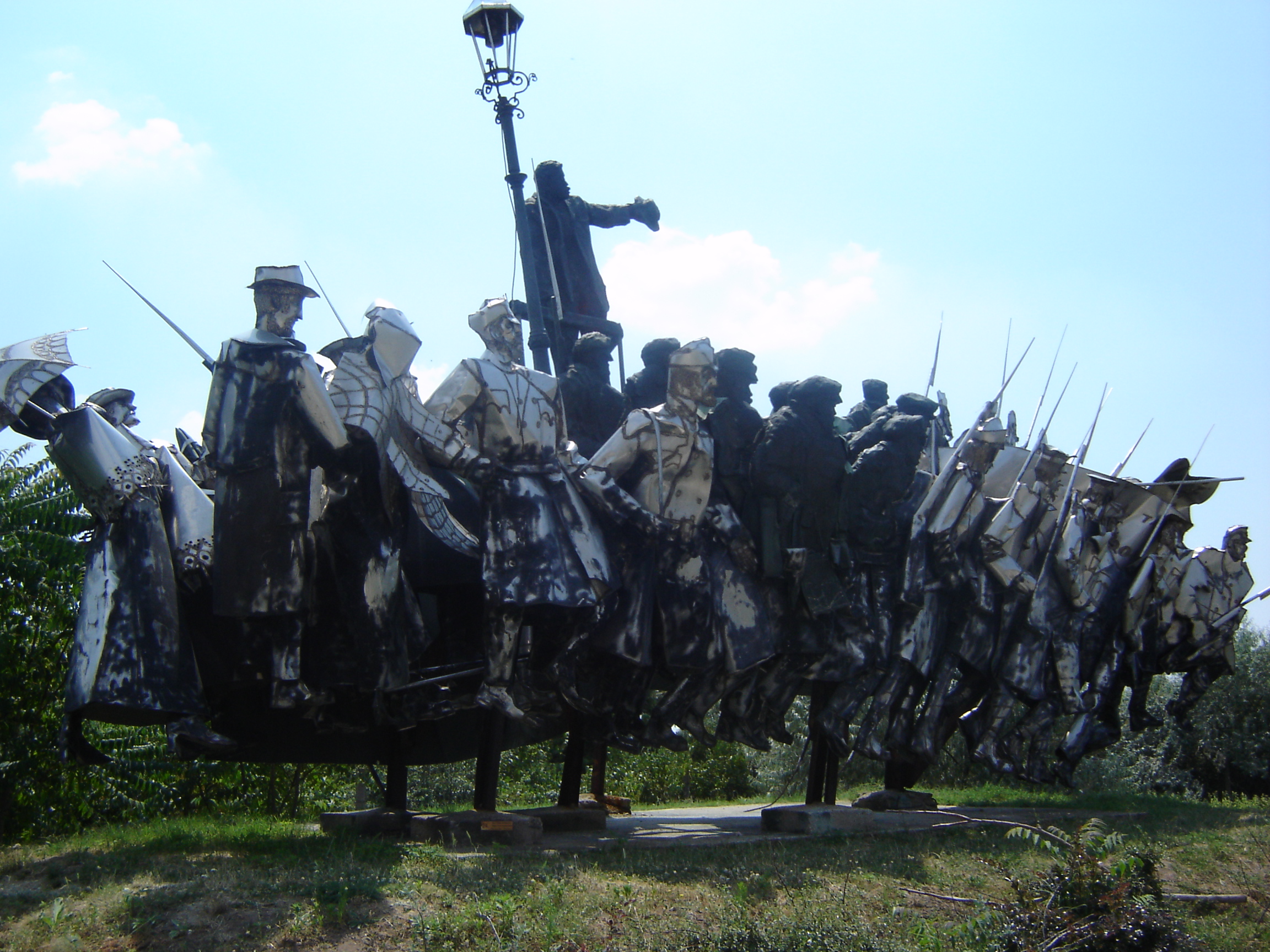On 15th July 2021, the Court of Justice of the European Union (CJEU) delivered a judgment in case C-30/20 providing useful guidance on the interpretation of the concept of the “place where the damage occurred” to ascertain which court within a Member State has jurisdiction over a follow-on cartel damages claim.
Background
RH, a company domiciled in Cordoba, purchased between 2004 and 2009 five Volvo trucks from a dealership of Volvo Group España. The first of those trucks was initially subject of a leasing agreement before being purchased by RH in 2008. On 19 July 2016, the European Commission adopted a decision by which it found that there was a cartel, from 17 January 1997 until 18 January 2011, between fifteen truck manufactures, including Volvo, Volvo Group Trucks Central Europe and Volvo Lastvagnar.
RH brought an action for damages before the Madrid Commercial Court No. 2 against the abovementioned entities of the Volvo Group, including Volvo Group España.
The Volvo companies contested the international jurisdiction of the Spanish courts. They argued that Article 7 of Regulation No. 1215/2012 of the European Parliament and of the Council of 12 December 2012 on jurisdiction and the recognition and enforcement of judgments in civil and commercial matters (Brussels I) refers to the place where the “event giving rise to the damage occurred”, which would be the place where the cartel was formed.
The Madrid Commercial Court No. 2 was uncertain as to how Article 7 (2) of Brussels I should be interpreted. It referred to the CJEU a request for a preliminary ruling on the interpretation of this Article. Precisely, the CJEU was asked to clarify whether Article 7 (2) of Regulation No. 1215/2012 refers solely to international jurisdiction or it also determines domestic territorial jurisdiction without the need to refer to the domestic rules of Member States.
The legal question and the CJEU ruling
Under Article 4 (1) Brussels I, “persons domiciled in a Member State shall, whatever their nationality, be sued in the courts of that Member State”. However, Article 7 (2) Brussels I bis provides that a person domiciled in a Member State may also be sued “in another Member State in matters relating to tort, delict or quasi-delict, in the courts for the place where the harmful event occurred”.
Pursuant to the CJEU’s judgment of 29 July 2019 in Tibor-Trans case (C-451/18), the “concept of the ‘place where the harmful event occurred’ within the meaning of Article 7 (2) Brussels I is intended to cover both the place where the damage occurred and the place of the event giving rise to it, so that the defendant may be sued, at the option of the applicant, in the courts for either of those places”.
With regard to the concept of “the place where the damage occurred”, two clarifications have been brought by the CJEU in this Volvo case.
Firstly, the CJEU clarified that Article 7 (2) Brussels I confers directly and immediately both international and territorial jurisdiction on the courts for the place where the damage occurred. In this sense, the CJEU mentioned that Member States may centralise jurisdiction for damages claims arising from anticompetitive infringements before a specialised court.
In other words, the CJEU considers that the concept of “the place where the damage occurred” resulting from Article 7 (2) Brussels I is not only relevant to determine in which EU Member State a court has jurisdiction, but also which specific court within that Member State has jurisdiction over a follow-on cartel damages claim.
Secondly, in absence of a specialised court chosen by the Member State to have jurisdiction over damages claim for infringements of competition law provisions, the determination of the court with jurisdiction in relation to “the place where the damage occurred” is based on where the victim bought the product that is the subject of the cartel.
- If the cartelised products have been purchased in a place or places within the jurisdiction of a single court, that court is considered by the CJEU to have jurisdiction for the damages claim, irrespective of whether they were bought directly or indirectly from the defendants or immediately transferred of at the end of a leasing contract.
- If the cartelised products have been purchased in places within the jurisdiction of several courts, the CJEU considers that the court having jurisdiction over a damages claim is that of the place of the victim’s registered office. According to the CJEU, this is because the defendants, members of the cartel, cannot be unaware of the fact that the purchasers of the goods in question are established within the market affected by the collusive practices.
The judgment of the CJEU in this case is consistent with its previous judgment in Hydrogen Peroxide case (C-352/13) where it held that the place where the damage occurred is identifiable only for each victim considered individually, and occurs at the place of the victim’s registered office. The solution adopted by the CJEU clearly makes it easier for victims of a cartel to sue for the damage suffered where the consequences of the infringement effectively took place.
For any further information, please contact the author Mr. Anthony BOCHON (anthony.bochon@gilrobles.eu), partner in the Brussels office.
This news brief was written with the support of Dr. Thu Ha Dao, trainee at the Paris Bar, member of the Brussels office of law firm Gil Robles – San Bartolome & Partners and holder of a Ph.D. in competition law.





